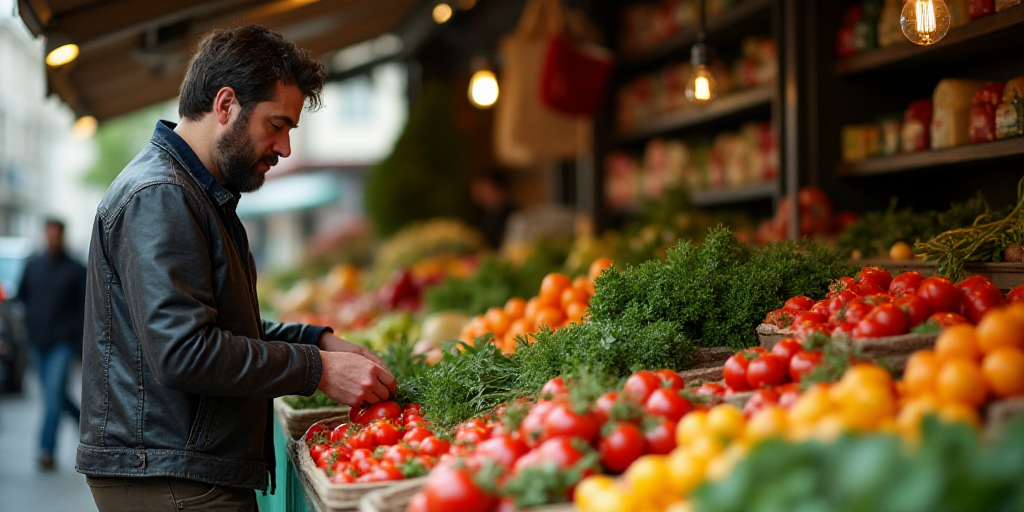Background on the Food and Agriculture Organization (FAO)
The Food and Agriculture Organization (FAO), a specialized agency of the United Nations, monitors global food price trends. The FAO’s Food Price Index tracks monthly variations in internationally traded food commodities, providing insights into global food market dynamics.
April’s Global Food Price Increase
According to the FAO, global prices for essential food commodities rose in April, driven by higher costs of cereals, meat, and dairy products. These increases countered declines in sugar and vegetable oil prices.
- Average Food Price Index: 128.3 points in April, a 1% increase from March’s 127.1 points.
- Compared to April 2022: +7.6%
- Compared to March 2022 (pre-Russia-Ukraine invasion peak): -19.9%
Cereal Prices
The FAO’s cereal price index increased by 1.2% from March due to rising wheat prices caused by reduced Russian exports, higher rice demand, and lower US corn stocks.
“Currency fluctuations influenced price movements in global markets, while trade policy adjustments increased market uncertainty,” the FAO added.
Despite April’s rise, the cereal price index was 0.5% below last year’s level.
Meat Prices
The FAO’s meat price index rose by 3.2% in April, driven by higher pork prices and strong demand for beef imports.
Dairy Prices
The dairy price index increased by 2.4% in April and surged 22.9% compared to the previous year, as butter prices hit historical highs due to reduced European stocks.
Vegetable and Sugar Prices
In contrast, the vegetable price index fell 2.3% in April due to a significant drop in palm oil prices, while the sugar price index dropped 3.5% amid uncertain global economic prospects.
FAO’s Cereal Production Forecasts
In a separate report on cereals, the FAO maintained its global wheat production forecast at 795 million metric tons, matching 2024 levels.
The agency slightly lowered its global cereal production estimate for 2024 from 2,849 million to 2,848 million metric tons.
Key Questions and Answers
- Q: Who is the FAO? A: The Food and Agriculture Organization (FAO) is a specialized agency of the United Nations that focuses on international food and agriculture issues, including food security, nutrition, and sustainable agriculture.
- Q: What factors contributed to the recent rise in global food prices? A: The increase was driven by higher costs of cereals, meat, and dairy products, partly offset by declines in sugar and vegetable oil prices.
- Q: How do currency fluctuations and trade policies affect global food markets? A: Currency fluctuations influence price movements, while trade policy adjustments can increase market uncertainty.
- Q: What are the FAO’s current cereal production forecasts? A: The FAO predicts global wheat production will remain at 795 million metric tons for 2024, matching 2024 levels. Global cereal production for 2024 is estimated at 2,848 million metric tons.






